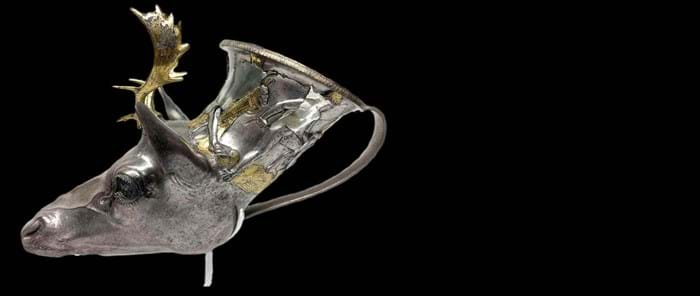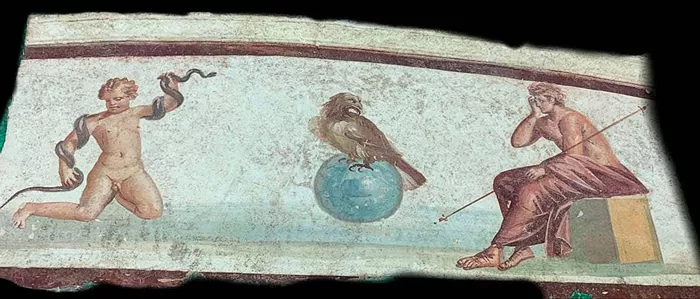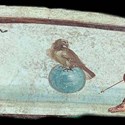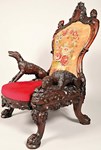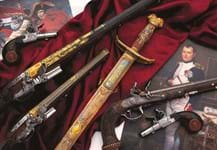The Manhattan district attorney’s office said that an agreement had been reached with hedge fund pioneer Michael H Steinhardt, 81, after a four-year pan-global investigation by its Antiquities Trafficking Unit.
It determined that the seized pieces, purchased for $26m and now collectively valued at $70m, had been smuggled from 11 different countries. These were Italy (51 items), Greece (47), Israel (40), Turkey (14), Egypt (9), Jordan (9), Syria (4), Lebanon (2), Iraq (two), Bulgaria (1) and Libya (1).
District attorney Cyrus Vance Jr said: “For decades, Michael Steinhardt displayed a rapacious appetite for plundered artefacts without concern for the legality of his actions, the legitimacy of the pieces he bought and sold, or the grievous cultural damage he wrought across the globe.
“This agreement establishes that Steinhardt will be subject to an unprecedented lifetime ban on acquiring antiquities.”
He said the decision was taken not to prosecute Steinhardt so that the items can be quickly returned to their countries of origin rather than being held as evidence. There was also a desire to protect the identity of witnesses.
‘Lawful title’
Steinhardt issued a statement through his lawyer saying: “Mr Steinhardt is pleased that the district attorney’s years-long investigation has concluded without any charges, and that items wrongfully taken by others will be returned to their native countries.
“Many of the dealers from whom Mr Steinhardt bought these items made specific representations as to the dealers’ lawful title to the items, and to their alleged provenance.
“To the extent these representations were false, Mr Steinhardt has reserved his rights to seek recompense from the dealers involved.”
The Antiquities Trafficking Unit was set up in 2017 following the seizure of two Lebanese marble s in Steinhardt’s collection.
In 2018, investigators raided his business office and Fifth Avenue home and took away several ancient works. Others that had been loaned to various museums were also seized.
They included a silver and gilt stag’s head rhyton c.400BC, purchased for $2.6m in 1991, that had been on loan to the Metropolitan Museum of Art. The Met has a Judy and Michael H Steinhardt gallery as part of its ancient Greek art wing.
While some objects matched items that appear broken and encrusted with dirt in photos taken shortly after they were found, much of the evidence surrounding the 180 items is circumstantial.
These are typically pieces without provenance, that have passed through the hands of discredited dealers linked to the illicit trade and that surfaced on the market shortly after eras of local civil unrest, war or known looting.
The 168-page Statement of Facts issued with the judgment concluded that: “Based on the evidence developed during the criminal investigation into Michael St einhardt ’s acquisition, possession, and sale of antiquities, this office has concluded that the 180 seized antiquities were looted and illegally smuggled out of their respective countries of origin, thereby rendering each of them stolen property under New York criminal law.”
Under the law, a ‘good-faith’ purchase does not render a stolen item legal, nor does it matter how much time has elapsed since the theft. Accordingly, some of the forfeited items have relatively long art market histories – such as an Anatolian terracotta idol c.5000-4000BC, that first surfaced on the international art market in 1975 at a Sotheby’s London auction when it was brought by the British Rail Pension Fund.
It was bought by dealer Robert Haber in 1990 at one of the pension fund’s sales and subsequently sold to Steinhardt for $79,610. The Antiquities Unit determined that circumstantial evidence suggested it had been among items looted from Hacılar, Turkey in the 1960s.
Dealers named
In total the unit names more than a dozen different sources for the seized items including pieces that appear in the so-called Medici Archive (the thousands of photographs seized from disgraced Italian dealer Giacomo Medici) plus objects handled by London dealer Robin Symes and Italian dealer Gianfranco Becchina.
Symes served a jail sentence in 2005 for disregarding court orders over the sale of a £3m Egyptian statue and his explanation was described by the judge as “a calculated deception”. Becchina was convicted in 2011 of illegally dealing in antiquities.


